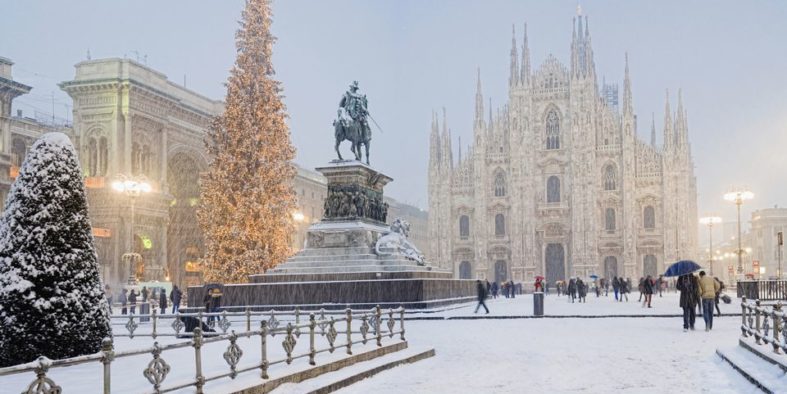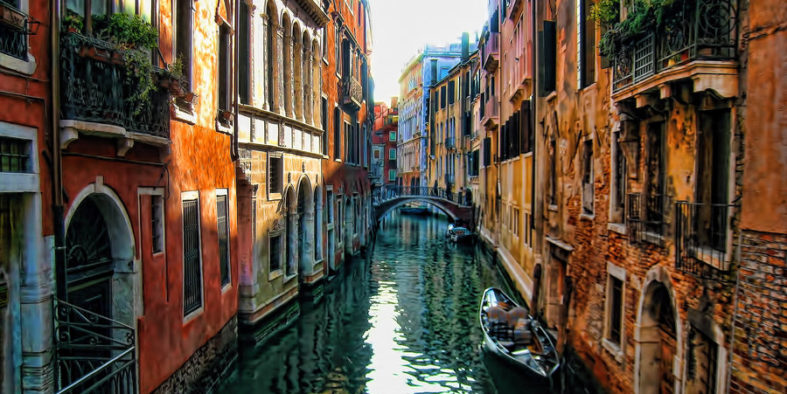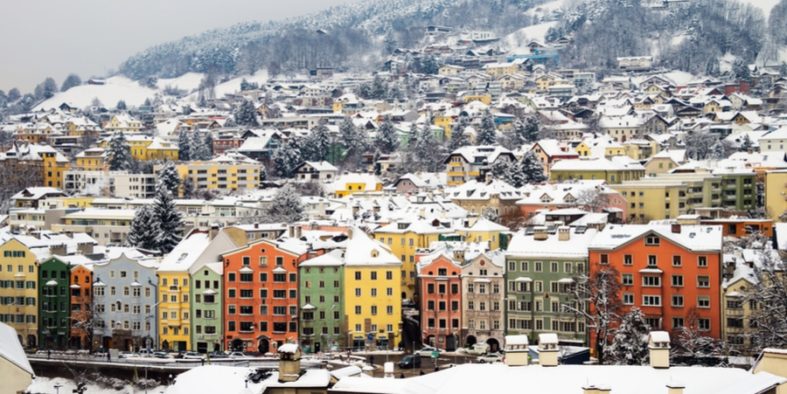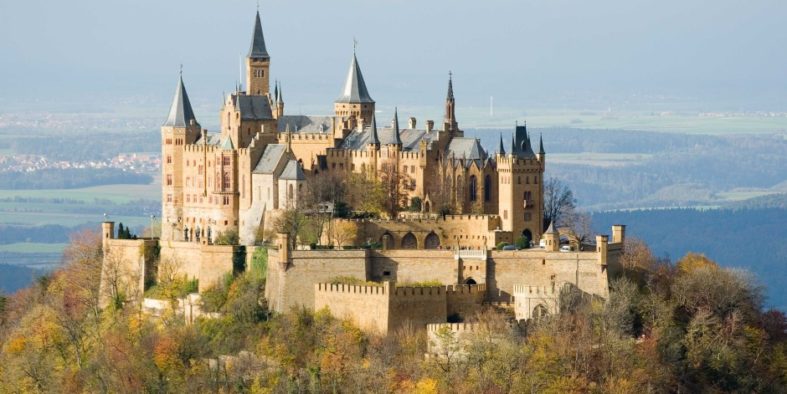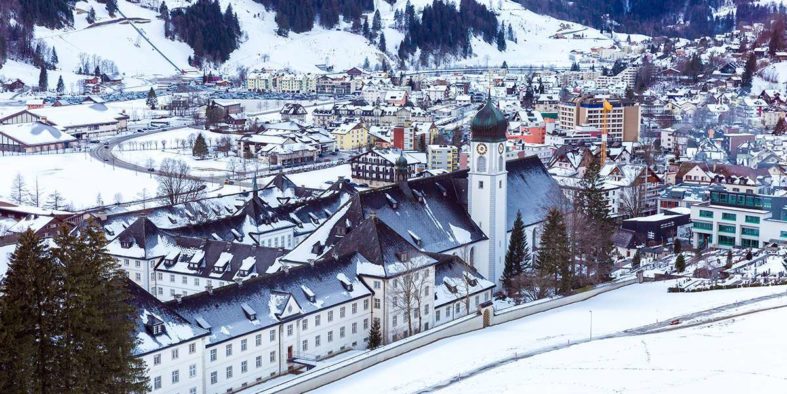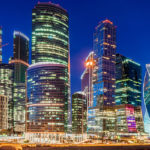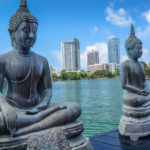Milan is financially the most important city in Italy. It has the second most populous city proper in the country, but sits at the centre of Italy’s largest urban and metropolitan area. While incorrectly not considered as beautiful as some Italian cities, having been partly destroyed by Second World War bomb raids, the city has rebuilt itself into a thriving cosmopolitan business capital. In essence, for a tourist, what makes Milan interesting compared to other places is that the city is truly more about the lifestyle of enjoying worldly pleasures: a paradise for shopping, football, opera, and nightlife.
9D/8N Essence of Europe
Milan - Venice -Engelberg
Venice may not seem huge, but it is, and is made up of different boroughs.The most famous is the area comprising the 118 islands in the main districts that are called “Sestieri”: Cannaregio, Castello, Dorsoduro, San Polo, Santa Croce and San Marco, where the main monuments and sights are located. Other main districts are Isola Della Giudecca and Lido di Venezia. Some of the more important islands in the lagoon include Murano, Torcello, San Francesco del Deserto, and Burano.The worst times to visit may be during the carnival and when it’s raining; Venice can get very dark and rainy.Depending on when you visit, you might even have to buy waterproof shoes, which are sold on the streets for around €20.
Titlis is the only snow paradise to be reached within one and a half hours from Lucerne, Zurich, Basel and Berne. Mount Titlis – A visual treat for people staying in metro cities across the world. Breathe in the fresh air and enjoy the stunning views offered by this snow clad mountain round the year! At 10,000 feet, Mount Titlis is Central Switzerland’s loftiest peak attracting ski lovers from across the world (Did you know it is the host destination for FIS Ski Jumping World Championship?). You can either stay overnight in Engelberg or Lucerne and take a day tour of Mount Titlis or stay for three nights in Engelberg and explore the village and Mount Titlis at your own pace.
VIEW THE PHOTOS
Package Price
No of People |
Standard |
Premium |
Luxury |
02 Pax |
|||
04 to 06 Pax |
|||
08 to 24 Pax |
Hotels
Destination |
Standard |
Premium |
Luxury |
Vehicle
No of People |
02 People |
4 to 6 persons |
8 to 24 persons |
Vehicle |

